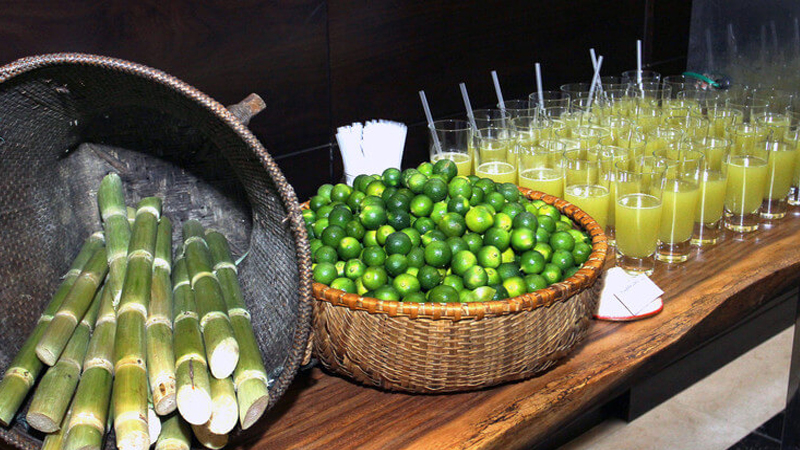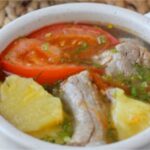Sugarcane juice is a popular drink in Vietnam, loved for its natural sweetness and refreshing quality when served with ice. Over time, creative variations have emerged, including combinations with strawberries, durian, and tapioca pearls.
However, one constant remains—the addition of a tắc fruit during the juicing process. Why is this done? What purpose does it serve? Let’s find out.
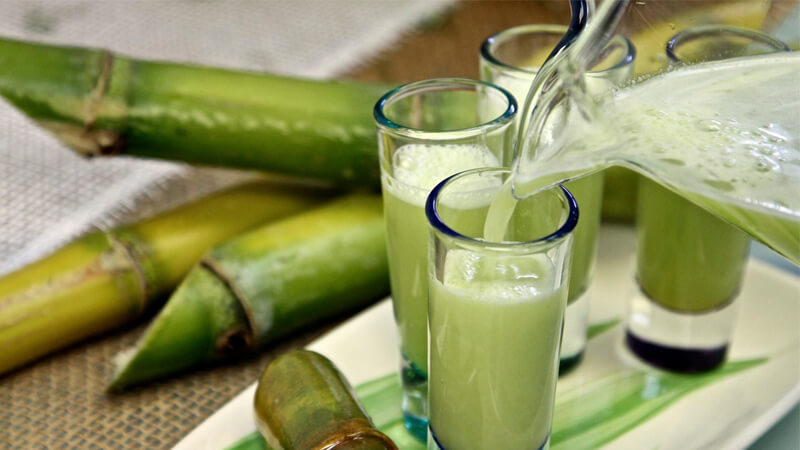
1 Why is tắc fruit added during sugarcane juicing?
The answer is simple—the sour-sweet flavor of the tắc fruit helps balance the sweetness of the sugarcane. By adding this fruit, the juice becomes less intensely sweet and acquires a pleasant fragrance. As a result, the drink becomes more refreshing and enjoyable.
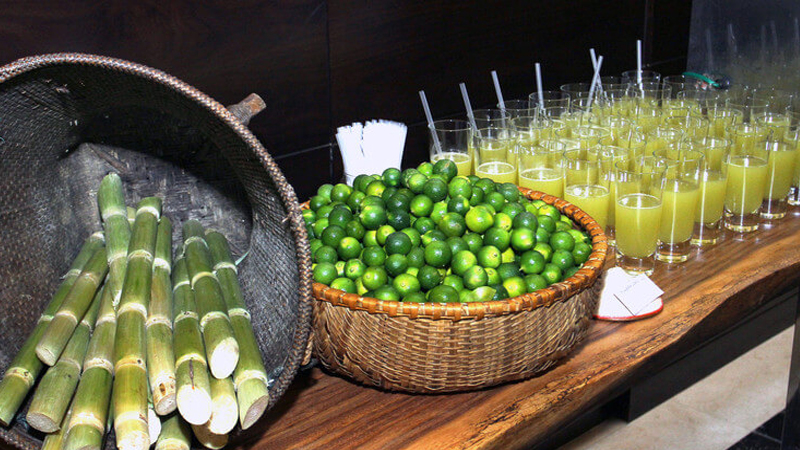
Typically, vendors use one tắc fruit for every three to four canes of sugarcane to avoid making the juice too sour or bitter from the fruit’s seeds and skin. Some sellers also add a slice of pineapple for a similar effect.
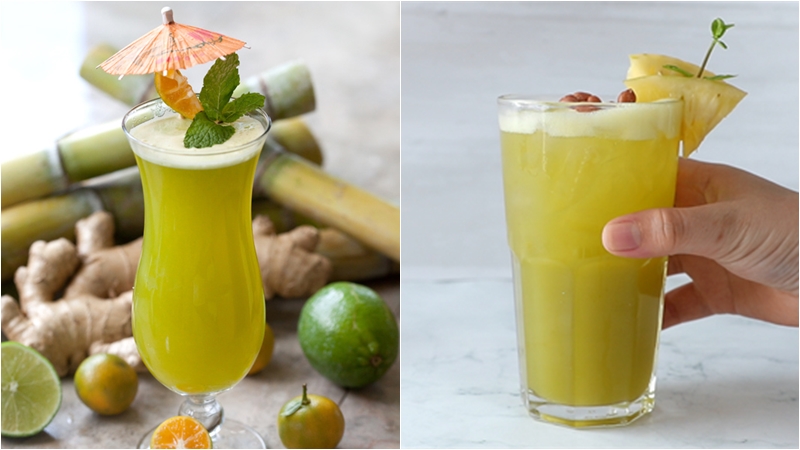
2 Delicious combinations of sugarcane and tắc fruit
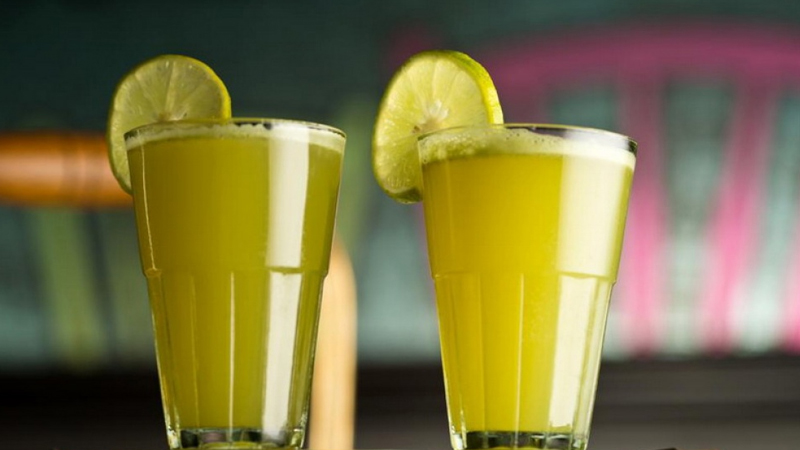
Method 1: Directly juice the tắc fruit along with the sugarcane. This method is preferred as it allows the tắc fruit’s juice to blend perfectly with the sugarcane juice, and it is also the quickest option.
Method 2: After juicing the sugarcane and adding ice, slice the tắc fruit, remove the seeds, and squeeze the juice into the glass. This approach prevents any bitterness from the skin of the tắc fruit. However, be mindful of the amount of tắc fruit juice you add to avoid making the drink too sour.
Freshly squeezed sugarcane juice can easily turn dark and sour if not properly stored. Learn how to preserve your juice to keep it fresh and tasty!
Now you know why tắc fruit is added during sugarcane juicing and how to create delicious combinations. We hope you found this information useful!
The Forbidden Fruits: 5 Visually-Appealing Fruits That Are a Big No-No for Ancestral Offerings
The ancient custom of burning incense as an offering has been passed down through generations, but with a curious caveat – avoid pineapple and orange fragrances at all costs. This advice, though seemingly peculiar, holds a deeper significance. Unraveling this mystery reveals a fascinating insight into the cultural and spiritual beliefs of our ancestors.


























